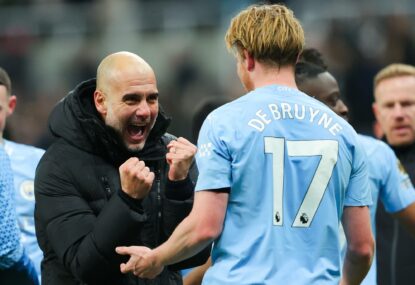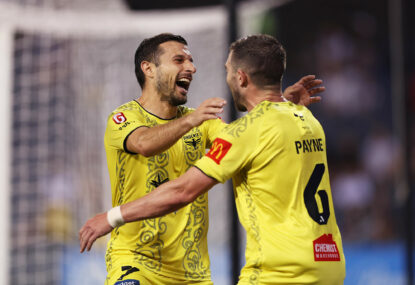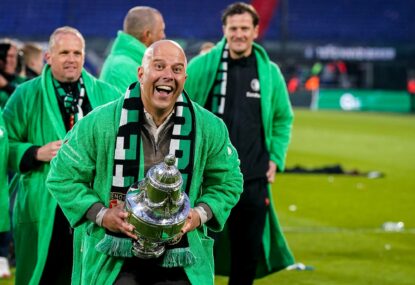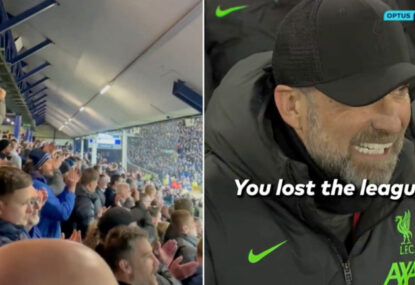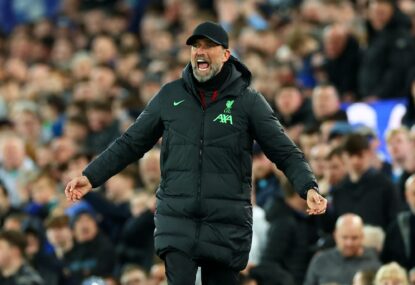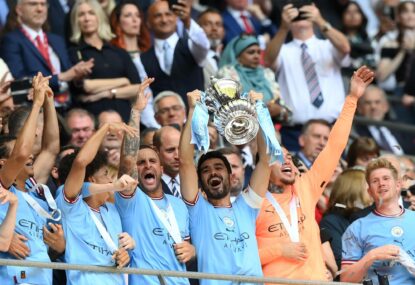Football in Australia is struggling.
Despite high participation numbers, the youth system is poor – especially at higher levels – while the A-League and Socceroos have stagnated in recent years.
However, Australia has great potential to improve.
We are a sport-loving nation with an extremely diverse culture, including migrants from football-loving countries.
But we still have a long way to go, and going forward, we should structure our leagues, programs and youth development after the best football region in the world: Europe.
The youth system and player pathways in Australia are a hot topic at the moment.
The cost of football in Australia is absurd. Playing park football can cost upwards of $300, and in NSW, fees to play junior rep football from ages 13 to 16 can cost upwards of $2000.
Football NSW has imposed a $2400 cap on National Premier League 1 (NPL) Youth fees, but that is still a huge amount.
Compare this to other codes of football. Playing rugby league costs around $100, and playing rep doesn’t cost anything. This causes many people of good athletic ability to turn to other codes of football, simply because it is cheaper.

NPL outfit Rockdale take on Sydney FC in the FFA Cup. (AAP Image/Brendan Esposito)
In Europe, the youth system is much different.
The early recruitment of players means clubs can monitor their progress over the long term, and work on their technique from an early age.
Marcus Rashford joined the Manchester United academy at seven years old, and is now playing consistently in the first team.
However, in Australia, this is not the case.
Although there are Skills Acquisition Programs (SAP) run by various NPL clubs, they often incur high costs, sometimes up to $1500.
This results in similar problems seen in NPL Youth – many people simply can’t afford it.
Currently, no professional A-League clubs run a SAP program, meaning young players with potential are not able to be exposed to a professional environment at a young age.
The fees to play a high level of junior football are the biggest talking point surrounding youth football in Australia.
In Europe, playing a high level of football is accessible for anyone. Several professional academies, such as Barcelona’s La Masia, provide housing, schooling, training and food all free of charge for their players.
This has allowed many players from low socioeconomic backgrounds to continue playing the game they love, and receive professional training from a young age.
Below the professional level, costs still remain low.
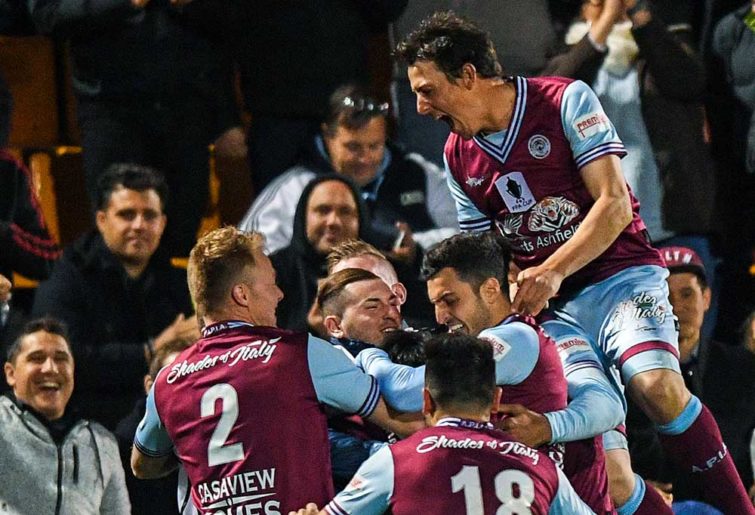
NPL clubs like APIA Leichhardt need to rethink their youth strategy. (AAP Image/Brendan Esposito)
In Australia, there are many youth players who have the ability to play in the NPL under-age competitions, although they can’t simply because they can’t afford the high fees.
In Australia, Dunbar Rovers – an NPL club located in the Eastern Suburbs of Sydney – has found a solution to high fees.
They have adopted a ‘Fee Free Football’ model, meaning juniors do not have to pay anything to play rep football.
They have done this by creating relationships with local businesses and gaining sponsorships, holding fundraising events and through donations.
However, this is just one club out of the 44 rep teams playing in the NSW NPL Youth competitions, and only so many people can play for Dunbar Rovers.
Although Australia is far behind Europe when it comes to football, there is potential to catch up.
Despite this, the youth system is still poor and the A-League continues to struggle with attendance and keeps falling behind the competition in Asia.
The Socceroos have stagnated in recent years, highlighted by poor performances in the 2018 World Cup qualifiers and the 2019 Asian Cup.
Drastically lowering youth fees can improve this.
































































































